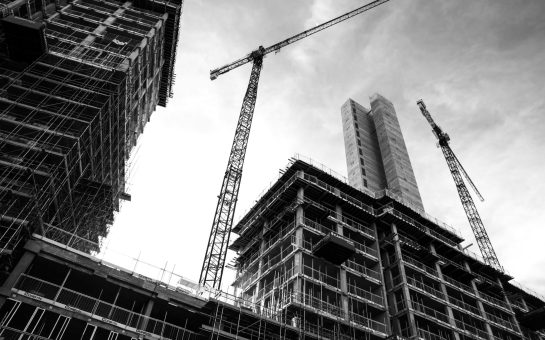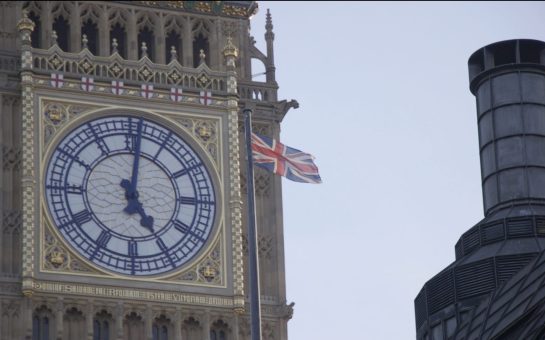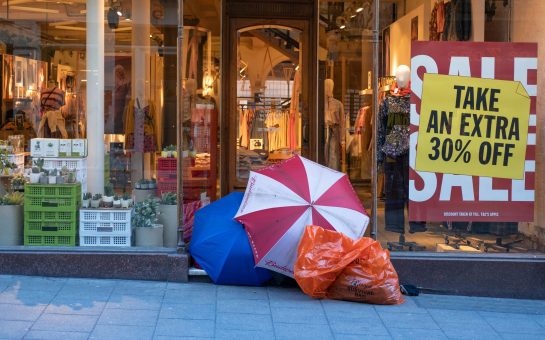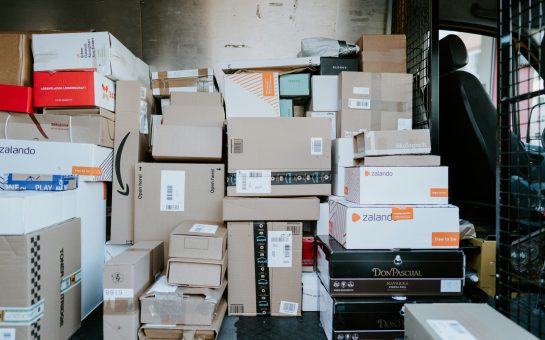Figures released by the Home Office have shown how Southwark has seen a massive spike in the number of empty homes.
The data released in November by the Ministry of Housing Communities and Local Government revealed that one in every 24 homes in Southwark had no one living in them – a 600% increase from 2019.
It comes as Southwark saw the highest increase in second homes in London, with an additional 3,100 registered empty homes which will never have a permanent resident in them, while long-term empties were up 61% in the borough.
The graph below compares the number of second homes across selected London boroughs in 2019 and 2020.
Chris Bailey, National Campaign Manager of Action for Empty Homes said: “While there have been some increases in second homes across London, Southwark has seen a 600% increase. I don’t think anywhere in the national data will beat that percentage rise in empty homes.
“In Southwark in 2019, the number of theoretical second homes was 700, and at any given time Airbnb listed 2,600 houses in Southwark.
“Southwark are spending £20million a year on housing these people.”
The graph below shows the number of empty homes in selected London boroughs in 2019 and 2020.
Figures across London return an equally grim outlook to Southwark.
In Camden this number is a startling one in 12 empty homes, while in the Grenfell Tower borough of Kensington and Chelsea this number is one in eight homes without any residents long-term.
In London, where over 30,616 homes lie long-term empty, a 24% rise in the numbers of empty homes was recorded in 2020 while a 27% increase of long term empties in inner boroughs was also noted.
Outer London saw a rise of 21% of empty homes, compared to 4% nationally.
Bailey said that in 2019, London councils spent over £700million on temporary accommodation for households they were unable to provide with homes.
He added that London councils are responsible for around two-thirds of the total number of people housed in temporary accommodation across the country.
The graph below shows the percentage of homes that are not in primary residential use.
As a national picture, analysis by Action on Empty Homes revealed that while £1.2billion of taxpayer’s money is spent a year housing 100,000 homeless families in temporary accommodation in the UK, as of November, 268,385 homes stand empty across the country, up from 42,540 in 2019, and some of the biggest rises in vacancy are where housing demand is greatest.
The figures come as it is understood that in England alone there are around 98,300 homeless families, including over 129,000 children, that live in often unsuitable and over-crowded temporary accommodation.
The statistics come at a time when health officials warn that overcrowded housing is linked to the spread of coronavirus and higher mortality rates.
Analysts from Action on Empty Homes have suggested the pandemic decimated the investor-friendly short-let market dominated by Airbnb which has possibly led to this huge rise in ‘empties’.
Nationally, these ‘second homes’ which are without residents, of which many are simply empty and never used, are sheltered from tax premiums levied on long-term empty homes.
The graph below compares the total number of empty homes in the UK in 2019 and 2020.
Director of Action on Empty Homes, Will McMahon said: “During a national housing crisis, we cannot afford to see over 268,000 homes stand empty across the country because of the lack of a government strategy to support councils to bring them back into use.
“It will be impossible to ‘build back better’ if we keep letting our housing crisis get worse.”
In response to Southwark’s figures, a spokesperson from the council said: “It’s a common misconception that councils have ’empty’ properties which they do not rent out to tenants.
“The reality, for Southwark at least, is that it is the fourth largest local authority social landlord nationally, with around 39,000 council-rented homes. Any ‘empty’ homes figures will fluctuate on a daily basis, as the figures are taken from council tax records.
“Since March 2020, we have housed over 800 people who were at risk of or already sleeping rough, and helped over 300 families living in accommodation with shared kitchens or bathrooms into self-contained homes so they can safely self-isolate if necessary.”
The figures from November have been pulled back into the limelight following an investigation by the South London Press, which found Southwark councillor Leo Pollak, cabinet minister for housing, had been using a sock Twitter account to troll residents in Southwark.
Pollak has now stood down from his cabinet role but will remain as a councillor for South Bermondsey ward.
The news comes as Pollak’s social housing pipeline requires 992 homes to be built, which is the second-worst statistic for any borough according to the GLA’s latest Annual Monitoring Report.
Featured Image Credit: Tobin on Flickr via Creative Commons License




